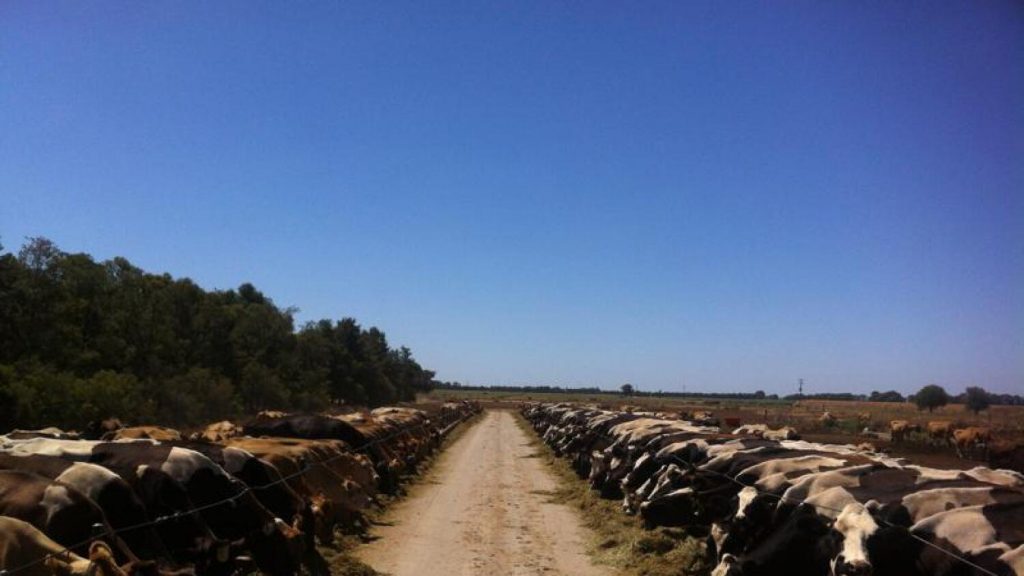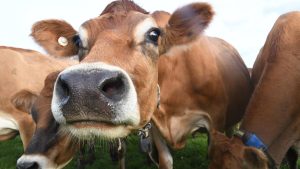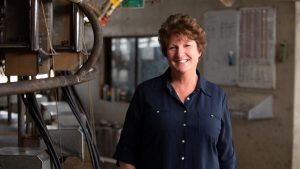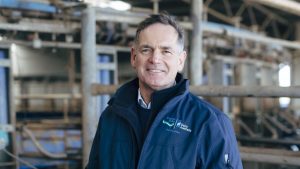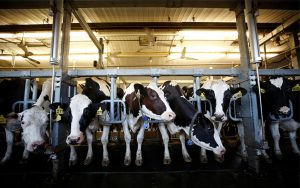
The release by Agriculture Victoria and Dairy Australia of the 245-page National Guidelines for Dairy Feedpads and Contained Housing provides an invaluable resource to farmers across all Australian dairy regions when making decisions around feeding and housing solutions for their herds.
The new national guidelines have been developed specifically for Australian conditions while drawing on consultation with a group of 21 experts from around the world, offering farmers information on current global best practice.
The Australian dairy industry today is still predominantly grazing based but in recent years a growing number of farms have transitioned to contained housing facilities with zero grazing.
Agriculture Victoria program manager dairy services Scott McDonald has worked closely with many farmers over this transition phase and believes the shift has been in order to address a range of farming and regional specific challenges including climate adaptation, water availability, workforce efficiencies, improvement in environmental management, and enhanced animal health and production outcomes.
“These guidelines, which are the first of their kind anywhere in the world, draw on the insights of international, Australian and Agriculture Victoria’s experts to provide Australian dairy farmers with a global best practice approach while also considering our local Australian conditions and regulations,” he said.
“They will be an invaluable resource for all Australian dairy farmers.”
Dairy Australia feeding and farm systems lead Karen Romano said it was vital that any farm looking to move to intensive farming systems carefully considered what was the right system for their farm in both the short and long term to avoid costly mistakes.
“Changing land use to intensive farming is a significant investment and therefore requires more complex decision making, planning and a longer term vision for the farm,” she said.
“To assist farmers in carefully assessing the right intensive system for their farm, Dairy Australia has worked closely with Agriculture Victoria to support the production of the first-ever National Guidelines for Dairy Feedpads and Contained Housing as a decision-making resource.”
The release of the guidelines is part of Dairy Australia’s ongoing efforts to enhance farm business management by providing dairy farmers with access to business planning and risk management tools and insights to support on-farm decision making and improve profitability.
Dairy Australia, Agriculture Victoria and the NSW Government are also investing in the development of a decision-making tool called the Farm System Evaluator which will allow farmers to assess their preparedness for transitioning to an intensive system.
A national multi-year study of farms that have already moved to contained housing systems (zero-grazing system) is also being undertaken by Dairy Australia to help farmers understand potential impacts on their short and long-term financial performance.
Download the guidelines from the Dairy Australia website.
